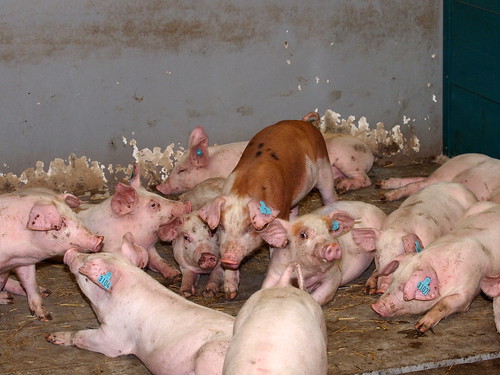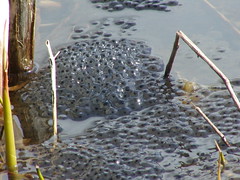We just received funding for a 5 year project concerning the use of Information and Communication Technology for growing pigs. Here is a cutting from the press release of Århus University
Sensors, CCTV and chips find their way into the pig house for the sake of health and welfare in pigs. A new research project restructures and adapts the technology.
Pig of all ages will find it much harder in the future to keep their secrets secret. If they go to the wrong end of the pig sty to do their business, if they start to bite the tails of their pen pals, this behaviour can be recorded using state-of-the-art monitoring and registration technology – even in the dead of night. Automatic monitoring can also keep an eye on the health of the pigs.
There are already a number of systems in circulation that monitor different conditions in the pig house. But they do not always speak to each other. A new five-year research project that scientists from Aarhus University participate in aims to change that. The project is coordinated by University of Copenhagen and has just received 20m DKK from the Danish Agency for Science, Technology and Innovation under the Ministry of Science, Innovation and Higher Education. ....
The full press release can be seen here
Other links mostly in Danish:

